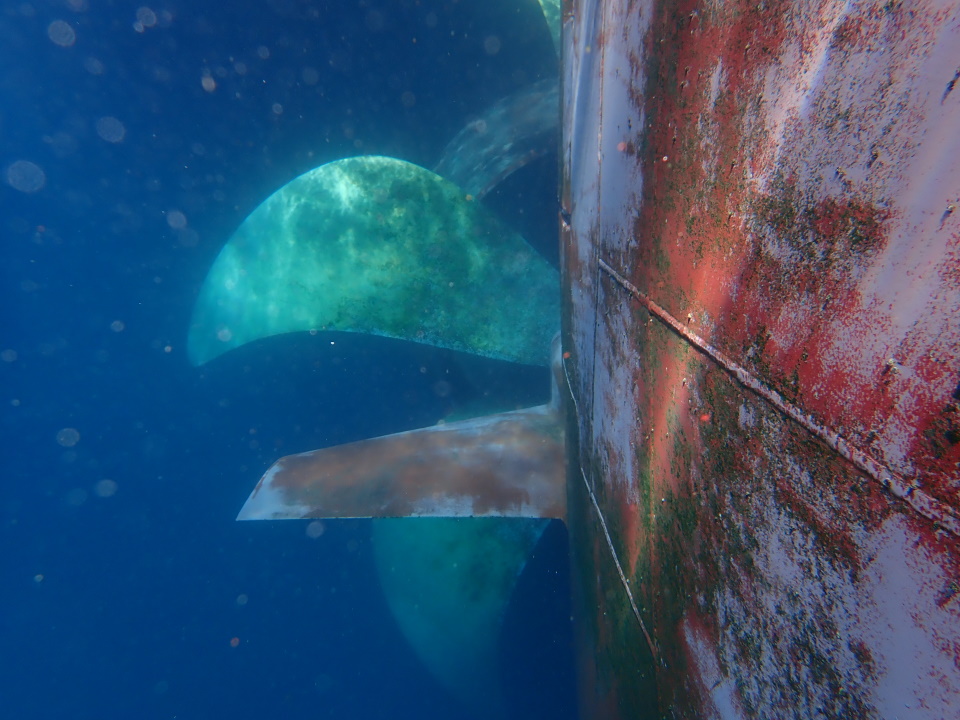In-water cleaning or in-water surface cleaning is methods of removing unwanted material in-situ from the underwater surface of a structure. This often refers to removing marine fouling growth from ship hulls, but also has applications on civil engineering structures, pipeline intakes and similar components which are impossible or inconvenient to remove from the water for maintenance. It does not generally refer to cleaning the inside of underwater or other pipelines, a process known as pigging. Many applications require the intervention of a diver, either to provide the power, or to direct a powered tool.
Applications
- Removal of marine fouling for ship performance improvement.
- Removal of marine organisms to prevent infestation by alien species. Fouling of ships’ bottoms by marine organisms is recognised as a major vector for the introduction of invasive alien species, which can have significant economic and environmental impacts. The risk can be mitigated by maintenance of the immersed surfaces to kill or remove fouling organisms before entry into the protected areas. The usual primary method is the use of anti-fouling coatings, which are themselves an environmental hazard due to toxicity. In-water cleaning is an adjunct to anti-fouling in cases where the coating has not been completely effective, and also carries a biosecurity risk due to the potential release of the removed organisms and toxins from the coatings.
- Removal of fouling and contaminants in preparation for inspection, maintenance or repair work.

Comments are closed